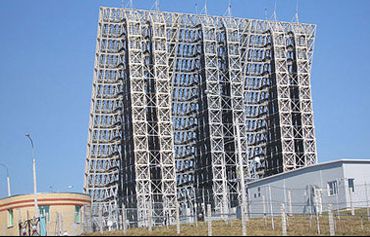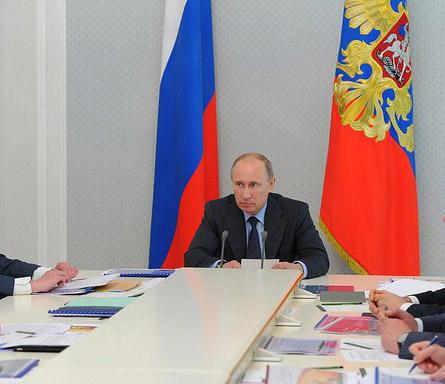At present, the strength of the Northern War Fleet is not enough to guarantee national security. It would also be necessary to deploy a strong contingent of combat aircraft in the area, to intercept and destroy incoming missiles as they approach the Russian border. A high-precision missile attack against Russia, in fact, would only be effective if carried by launchers deployed in the Arctic Region. Missiles launched from other regions would be able to destroy marginal targets, due to their limited flight autonomy.
The Ministry of Defense has already announced its intention to re-open at least seven airports on the continental part of the Arctic Circle, which have been taken out of service in the 1993. Finally, the creation of a new strategic military command in the Arctic, dubbed the "Unified Strategic Command of the Northern Fleet", is official by the end of the year. The Arctic territory is considered rich in untapped oil and gas reserves. The Region has always been at the center of disputes between the United States, Russia, Canada, Norway and Denmark.
As early as last December, Russia began deploying aerospace defense units in the Arctic Region and started building an early warning radar in the far north of the country. The deployment of electronic warfare units has already begun in the Arctic, while work has begun on the construction of the radar network near the city of Vortuka, north of the polar circle. Russia plans to complete the Arctic radar detection network within the 2018.
 Four class "Voronezh" radar stations are already active. Two class "Voronezh" model "DM" radars, six thousand kilometers of discovery with the ability to simultaneously trace 500 targets, are fully active in the territory of Krasnodar and in the Leningrad region. Radar stations in the Kaliningrad and Irkutsk regions are being tested.
Four class "Voronezh" radar stations are already active. Two class "Voronezh" model "DM" radars, six thousand kilometers of discovery with the ability to simultaneously trace 500 targets, are fully active in the territory of Krasnodar and in the Leningrad region. Radar stations in the Kaliningrad and Irkutsk regions are being tested.
Voronezh radars can be quickly redistributed and require a reduced crew compared to the previous generation. Russia will put into service seven "Voronezh" class radars in the next five years. The new radars will replace the obsolete "Dnepr" and "Daryal" class systems.
The importance of the Arctic
Moscow's design also includes a fully automated air defense radar capable of detecting all kinds of threats, including cruise missiles and unmanned aircraft, at a maximum distance of three thousand kilometers. The automated early warning radar, dubbed "Container", will cover most of Europe. Since 2 last December, the system is being tested at the city of Kovylkino. Unless unexpectedly, it could become fully operational by the end of the 2015. Specifications, number of radar stations and location are covered by military secrecy.
Franco Iacch
(photo: Russian presidency archive)












